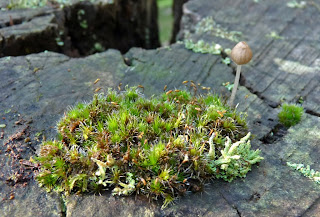We got such a surprise today when we stopped for lunch at Surat.
For a start, it's a town not just a pub. And it's a town with a lot of town pride. It's a great spot on the river with some interesting buildings as well.
But the biggest surprise was the Cobb & Co museum they've developed in an original Cobb & Co stopping point in the town - it's first class. A huge fish tank has been installed in the entry foyer, stocked with local fish including the threatened Murray Cod. I liked the fact that they are swimming around submerged tree branches like they would naturally if we could only learn to leave the creeks and rivers alone.
This river just to the north of Hebel is a perfect illustration of how it should be. Looks good for fish doesn't it. But I wouldn't like to have to resort to drinking it.


